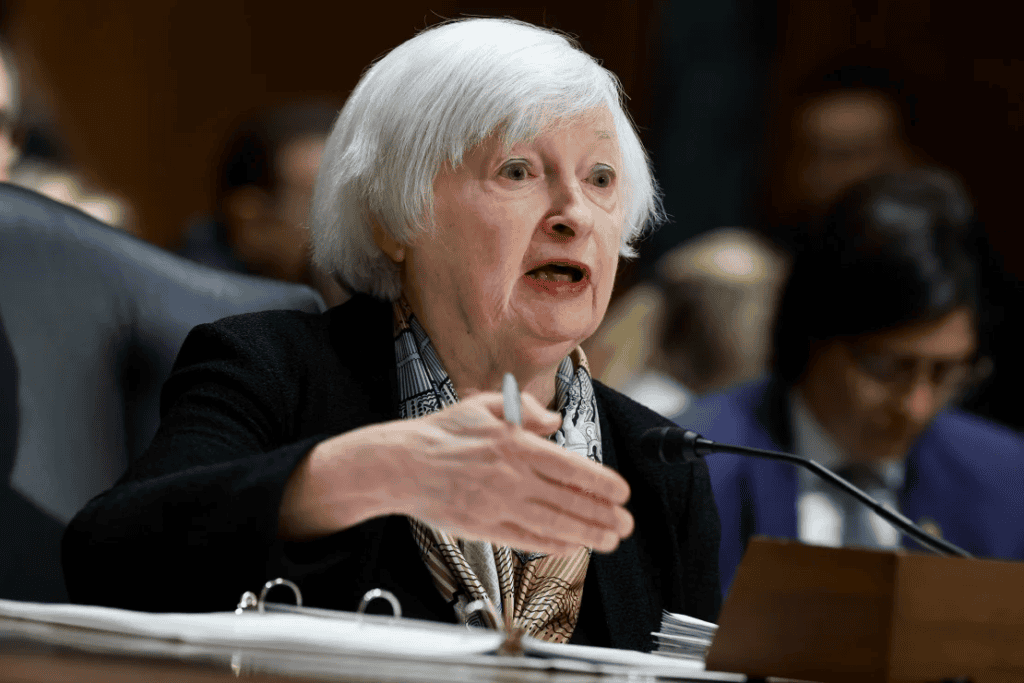
Concerns Almost a year has passed since the collapse of three regional US banks, triggering a scramble among financial institutions and regulators to avert a banking crisis. Today, investors find themselves grappling with renewed concerns, and this time, the apprehension revolves around a familiar terrain – the $20 trillion commercial real estate market.
The trajectory of commercial real estate, which had thrived for decades under the influence of low-interest rates and accessible credit, has hit a roadblock. The valuation of office and retail properties has been on a decline since the pandemic reshaped how people live, work, and shop. The Federal Reserve’s attempts to combat inflation by raising interest rates have further exacerbated challenges for the credit-dependent industry.
Regional Banks in the Crosshairs
Regional banks, holding approximately $2.7 trillion in commercial real estate loans, are particularly vulnerable. A staggering 80% of this exposure, as noted by Goldman Sachs economists, rests with smaller regional banks not classified as “too big to fail” by the US government. With a substantial portion of these loans set to mature soon, fears loom over the ability of regional banks to collect on these loans in a potentially troubled market. Data from Trepp indicates that over $2.2 trillion is due between now and the end of 2027.
Last week’s surprise loss reported by New York Community Bancorp (NYCB), coupled with increased loan losses attributed to commercial real estate loans, intensified these fears. NYCB’s shares plummeted nearly 50%, reflecting broader concerns in the sector as the US Regional Bank index dropped approximately 7% over the same period.
The ripple effect extends globally, with Japan’s Aozora Bank citing bad loans tied to US offices as a contributor to its projected annual loss. Deutsche Bank in Germany also acknowledged allocating a substantial amount to absorb potential defaults on its US commercial real estate loans, signaling a wider international concern.
Commercial real estate’s impact has prompted companies to divest valuable properties at discounted prices, exemplified by the Canadian Public Pension Investment Board’s sale of a Manhattan office block stake for a mere $1.
The Financial Stability Oversight Council, featuring key figures like Treasury Secretary Janet Yellen, Federal Reserve Chair Jerome Powell, and SEC Chair Gary Gensler, flagged commercial real estate as a significant financial risk in a report released last December. They noted the potential spillover effects into the broader financial system as losses accumulate.

Powell, addressing the issue, acknowledged working with smaller and regional banks facing challenges but emphasized that the current situation lacks the makings of past global financial crises. He anticipates that some smaller banks may need to be closed or merged due to these challenges.
Global Implications3
The repercussions of this crisis are not confined to US borders. International banks, such as Japan’s Aozora Bank and Germany’s Deutsche Bank, have also sounded alarm bells, attributing losses to US commercial real estate loans. The interconnected nature of the global financial system underscores the potential ripple effects of a regional banking crisis.
As Wall Street watches these developments, attention is also drawn to McDonald’s, which reported that growing tensions in the Middle East have impacted its business. Additionally, the transition away from traditional landlines by telecom providers, including AT&T seeking a waiver to cease servicing landlines in California, signals a broader shift towards advanced technologies.
In the face of these challenges, investors, regulators, and businesses are navigating an evolving landscape, with commercial real estate concerns taking center stage alongside geopolitical tensions and technological transformations.
Conclusion
As Wall Street monitors these developments, the collective apprehension over another regional banking crisis highlights the fragility of financial systems and the need for vigilant risk management. The industry braces itself for potential challenges ahead, emphasizing the importance of regulatory oversight, proactive measures, and the resilience of financial institutions in the face of economic uncertainties. Only time will reveal whether Wall Street’s concerns materialize into a full-blown crisis or whether the financial sector can navigate these turbulent waters with resilience and adaptability.
